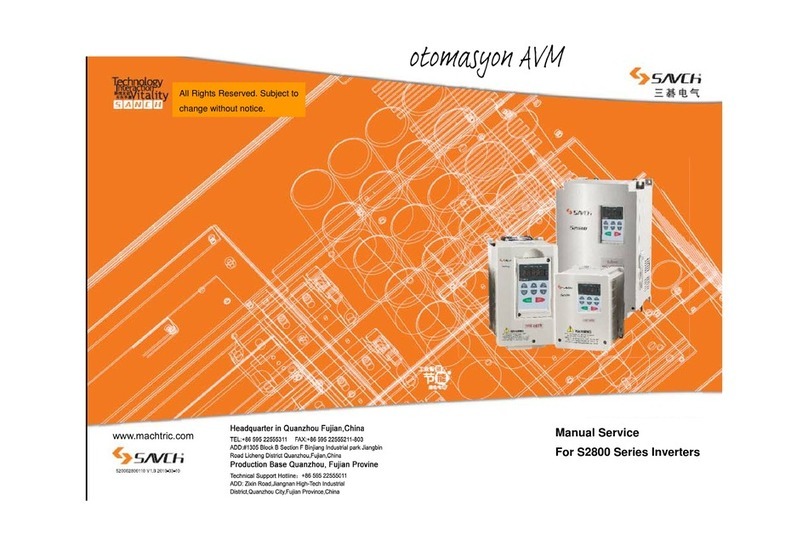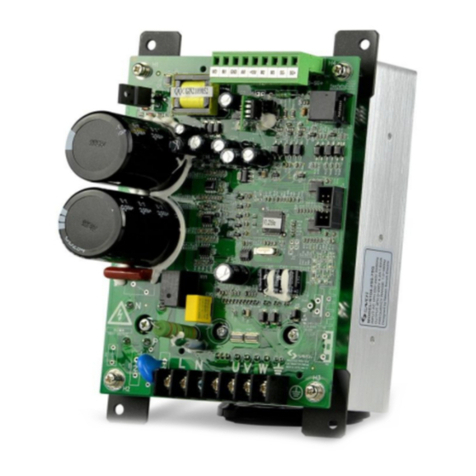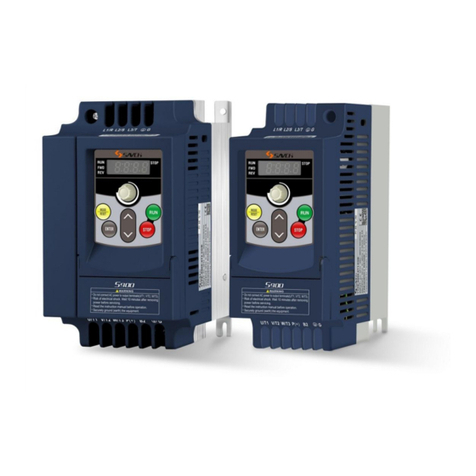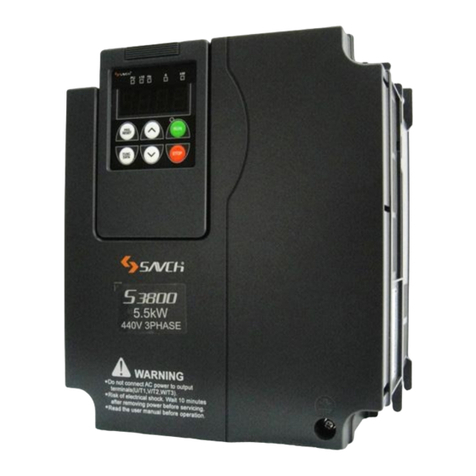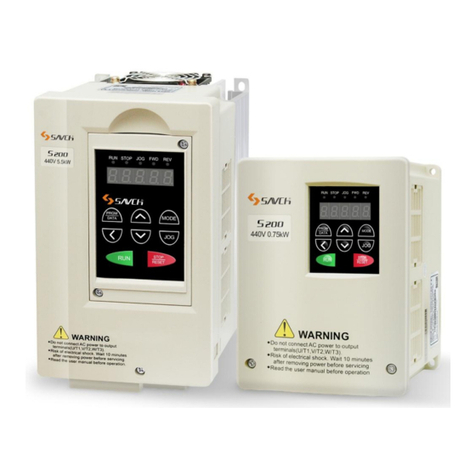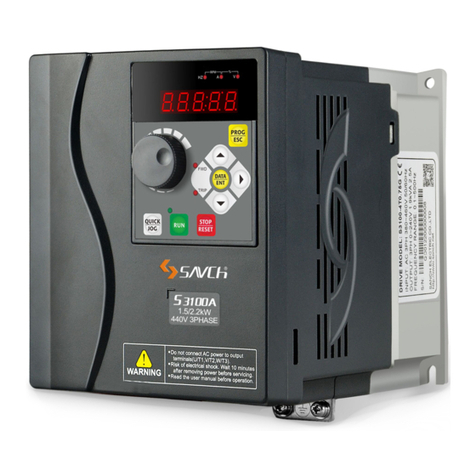CONTENTS
PREFACE......................................................................................................................................................... 1
1 SAFETY INSTRUCTIONS ......................................................................................................................... 2
1.1 Notes for Operation............................................................................................................................ 2
1.2 Notes for Operation Environment .................................................................................................. 4
2 HARDWARE DESCRIPTION AND INSTALLATION............................................................................. 4
2.1 Operational Environment.................................................................................................................. 5
2.2 Model Description............................................................................................................................... 5
2.3 Inverter Specifications ...................................................................................................................... 7
2.4 Basic Wiring Diagram ...................................................................................................................... 15
2.5 External Dimensions........................................................................................................................ 17
2.5.1 Inverter Size................................................................................................................................. 17
2.5.2 Extemal Dimensions of Inverter............................................................................................. 18
2.5.3 Multi-Functions Operation Keypad ....................................................................................... 23
3 KEYPAD DESCRIPTION ......................................................................................................................... 25
3.1 Keyboard Description for HCA-OP-A2 / HCA-OP-B2 Digital Operator ............................... 25
3.2 Description of Keyboard Operation............................................................................................. 27
3.2.1 Parameter Setting ...................................................................................................................... 27
3.2.2 Failure Resetting ........................................................................................................................ 28
3.2.3 Motor Parameter Self-learning ............................................................................................... 28
3.2.4 Password Setting....................................................................................................................... 28
3.2.5 Running State ............................................................................................................................. 29
3.2.6 Quick Debugging ....................................................................................................................... 30
3.3 Preliminary Operation-not Connecting With Motor................................................................. 31
4 FUNCTION PARAMETERS LIST ........................................................................................................... 33
5 DESCRIPTION OF FUNCTIONAL PARAMETERS ............................................................................ 60
00 Basic Functions Parameters........................................................................................................... 60
01 Motor Control Parameters............................................................................................................... 69
02 Vector Control Parameters.............................................................................................................. 71
03 V/f Control Parameters..................................................................................................................... 73
04 Input Terminal Parameters .............................................................................................................. 77
05 Multi-Speed, Simple PLC Control.................................................................................................. 87
06 Output Terminal Parameters........................................................................................................... 92
07 Start and Stop Control Parameters............................................................................................... 96
08 Man-machine Interface Parameters ............................................................................................ 100
09 Accessibility Parameters ............................................................................................................... 104
10 PID Control Parameters.................................................................................................................. 115






